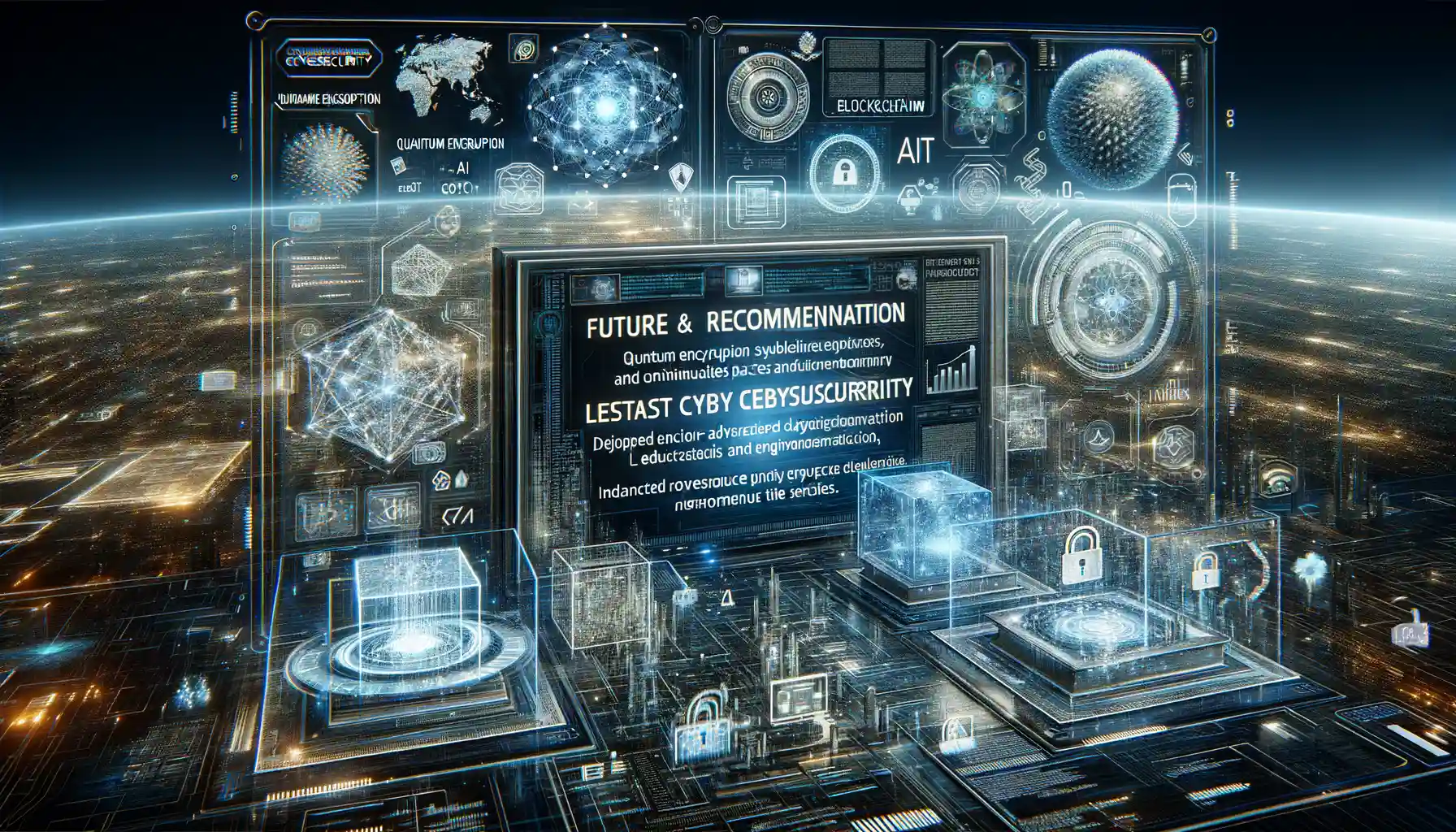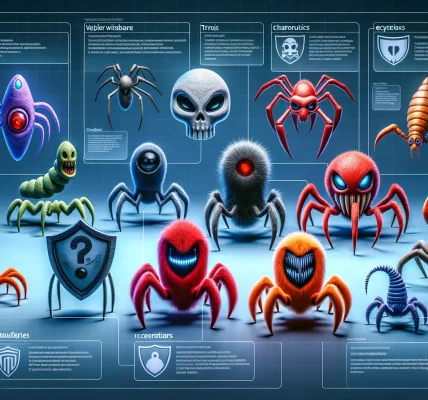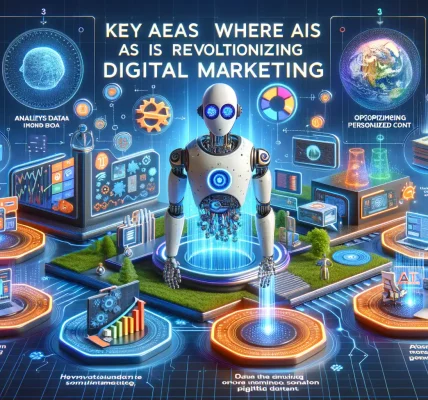The Need for Unconventional Cybersecurity Measures
Why Traditional Methods Are Falling Short
Imagine locking your front door every night, thinking you’re safe—only to discover a thief sneaked in through a window you never thought to secure. That’s what relying solely on traditional antivirus feels like in today’s digital world. Cybercriminals have evolved, becoming more cunning, agile, and unpredictable. They don’t just break the rules; they rewrite them. So why are we still leaning on old defenses for new-age threats?
The problem? Traditional antivirus software is reactive—it waits for a threat to appear before it acts. Meanwhile, modern cyberattacks use advanced techniques like zero-day exploits and AI-driven malware that slip through unnoticed. Take ransomware, for example. By the time your antivirus flags it, your files might already be encrypted.
Shocking stat: Over 80% of breaches result from tactics that even the best antivirus programs fail to detect. Scary, right?
- Phishing emails designed to mimic trusted contacts
- IoT devices exploited as digital “Trojan Horses”
- Fileless malware that leaves no trace
If our enemies are evolving, shouldn’t our defenses evolve even faster? It’s time to shift gears and explore unconventional measures. Your digital safety deserves nothing less.
Innovative Tools and Techniques in Modern Cybersecurity

Breaking Down Barriers with Smarter Solutions
The days of relying solely on antivirus programs are over. Cybersecurity has stepped up its game, and the new era is all about *proactivity*. Picture this: instead of patching holes after an attack, today’s technologies work like a silent guardian, always a step ahead. Cutting-edge tools like AI-driven threat detectors analyze patterns in real-time, identifying even the faintest hint of suspicious behavior.
Let’s talk innovations:
- Behavioral analytics: Imagine a system that knows your everyday digital habits so well it can sniff out unauthorized access instantly—like a highly informed, invisible security partner.
- Deception technology: Think digital decoys. These fake servers or files lure potential hackers into traps while keeping your real data untouched. It’s like setting up a honey jar for cyber-intruders!
The Human Touch Meets Machine Precision
Here’s the kicker: many of these tools don’t replace human intuition—they empower it. Advanced tools like Zero Trust frameworks ensure every individual and device must prove itself trustworthy at each interaction. No blind trust, no shortcuts. The result? A fortress-like defense bolstered by precise insights.
This isn’t just about fighting threats anymore—this is about predicting, adapting, and conquering them. Ready to dive in?
Advantages of Moving Beyond Traditional Antivirus Solutions

The Limitations of Sticking to the Old Ways
Relying solely on traditional antivirus programs today is like locking your front door while leaving your windows wide open. Hackers have become more sophisticated, crafting attacks that sidestep signature-based detection methods. Traditional solutions often focus on known threats—viruses with identifiable fingerprints. But what about those tricky zero-day attacks or ransomware strains evolving by the minute? They’re the blind spots of outdated systems.
And here’s the thing: antivirus software is reactive—it waits for a threat to appear before acting. Meanwhile, newer cybersecurity approaches are proactive, hunting for suspicious behavior before damage is done. Imagine being able to stop a thief at your doorstep, instead of realizing they’ve already made off with your valuables. That’s the kind of forward-thinking protection modern tools offer.
Unmatched Benefits of Advanced Cybersecurity Solutions
Why settle for a hammer when you can wield a Swiss Army knife? Moving beyond traditional antivirus brings a treasure trove of benefits:
- Behavioral analysis: Flags unusual activity instead of just known threats.
- AI-powered defenses: Machines that learn and adapt faster than any human eye.
- Cloud-driven security: Instant updates without dragging down your system’s speed.
Take, for example, Endpoint Detection and Response (EDR) systems. These tools don’t just block malware—they map out the attack’s entire footprint, showing you where it started and how it spread. It’s not just defense; it’s detective work in real-time.
By upgrading to these smarter, more agile approaches, you’re not just guarding your system—you’re future-proofing it. Why fight yesterday’s battles when you can win tomorrow’s wars?
Challenges and Risks of Non-Traditional Cybersecurity Approaches

Pitfalls of Playing Outside the Cybersecurity Comfort Zone
When we branch out beyond traditional antivirus solutions, we open exciting doors—but not without a few cracks in the foundation. Adopting non-traditional cybersecurity approaches isn’t all sunshine and digital rainbows. In fact, it can feel more like walking a tightrope without knowing who’s holding the safety net.
For starters, many innovative tools, such as AI-driven threat detectors or blockchain-based security systems, require constant fine-tuning. They’re powerful, sure, but they can also be temperamental—like a race car that needs daily tuning to stay ahead. A poorly calibrated system might overreact, flagging harmless files or, even worse, failing to see an actual breach.
Even the most promising technologies come with blind spots—areas where cybercriminals can strike. The risks are real, but so are the rewards when approached strategically.
Future Trends and Recommendations in Cybersecurity

Riding the Wave of AI and Machine Learning
The future of cybersecurity is a thrilling race alongside advanced technologies such as AI and Machine Learning (ML). Picture this: algorithms that evolve in real-time, adapting to threats faster than any human could react. These tools are already transforming how we detect suspicious activity, from identifying obscure patterns in massive datasets to predicting attacks before they strike.
But here’s the kicker—this isn’t about replacing humans. It’s about equipping us with digital sidekicks that never sleep or miss a detail. Imagine an ML system monitoring an organization’s network like a hawk, raising the alarm when someone tries accessing sensitive files at 3 a.m. from halfway around the globe.
- Behavioral analytics tools that “learn” user habits to flag anomalies.
- AI-driven threat hunting that detects stealthy malware no human eye can see.
Human-Centric Security Takes the Stage
Let’s talk about something refreshing—cybersecurity designed for humans, not just code. The trend? Human-centric defenses that focus on the choices people make every day. After all, the most high-tech software won’t matter if Sharon from Accounting clicks a phishing link.
Future safeguards will likely lean into intuitive user experiences. Think of password managers with absurdly simple interfaces or training simulations that feel like video games instead of dry lectures. Plus, security built into daily tools—like browsers nudging you away from sketchy downloads or email filters warning, “This sender might be impersonating your boss!”
When tech marries human understanding, we don’t just build walls—we teach people how to outsmart attackers before they strike.












